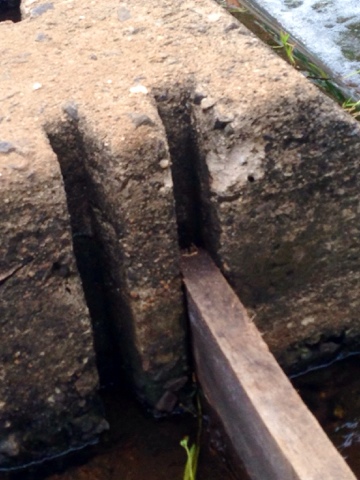So yesterday over a beer my son-in-law Jose asked me if I'm nervous about the upcoming trip. "Not at all," I told him. "We have everything planned out, where we'll stay, how we'll get from place to place," etc. I had a sip of beer-the last one I'll share with him for almost a year, and rethought my answer.
Actually it's not about having things planned out. It's about the great colleagues who have built relationships with me over the past few months. From technical support from the Fulbright, who got the visa approval process going so I could leave early, to intellectual partnerships with my colleagues at Rajarata University who are eagerly waiting for our face-to-face discussions, I have a great feeling of welcomeness and well-being.
It's not that I need to be taken care of. Far from it. It's more that I feel we're falling into a well-feathered nest with a group of people who are more than looking forward to our arrival--they're looking forward to the work we can do together. So am I.
The same goes for my colleagues at the University of Moratuwa. Though my teaching role there is not concretely defined, we've agreed on some of the projects we'll undertake together. We have a few specifics lined up, like an upcoming seminar I'll give on writing a scientific paper. Not as exciting as the work I'll be doing on ancient sustainable landscapes in Rajarata but just the same, a real bread and butter contribution.
And then there are mysteries. In November I'm invited to Southeast University in Kalmunai, a place I've only passed through before. I'll give a keynote talk there and spend a few sessions with faculty and students exploring how we learn together. But really, I have no idea what to expect except that we will be welcomed there. I just expanded my Boston University swag purchases to get ready for that visit!
So much excitement, so much support, so much eager collaboration. For me this is truly a new experience.
















